How many nuclear weapons are there in the world? 9 countries with most nukes amid Third World War fears
New focus on nuclear arsenals after Russia’s invasion of Ukraine
Your support helps us to tell the story
From reproductive rights to climate change to Big Tech, The Independent is on the ground when the story is developing. Whether it's investigating the financials of Elon Musk's pro-Trump PAC or producing our latest documentary, 'The A Word', which shines a light on the American women fighting for reproductive rights, we know how important it is to parse out the facts from the messaging.
At such a critical moment in US history, we need reporters on the ground. Your donation allows us to keep sending journalists to speak to both sides of the story.
The Independent is trusted by Americans across the entire political spectrum. And unlike many other quality news outlets, we choose not to lock Americans out of our reporting and analysis with paywalls. We believe quality journalism should be available to everyone, paid for by those who can afford it.
Your support makes all the difference.Fears of a devastating global war have grown after Vladimir Putin put Russia’s nuclear forces on high alert this weekend.
The drastic moves comes as the Russian leader’s invasion of Ukraine has left hundreds injured or killed so far, with questions raised about exactly how far he is prepared to go to take the country.
It followed a chilling message from Putin last week when he announced the Ukraine attack, that anyone who tries to “hinder” Russia will see consequences “you have never seen in your history”.
Russia has the largest stockpile of nuclear weapons in the world, but they are far from the only country with such deadly weapons at their command.
Currently, the total number of global nuclear weapons is believed to be around 13,000.
The heightened rhetoric during the Ukraine crisis has led many to fear what would happen if nuclear weapons were used in the event of a Third World War.
From Russia to North Korea, we look at the countries with the biggest nuclear arsenals.
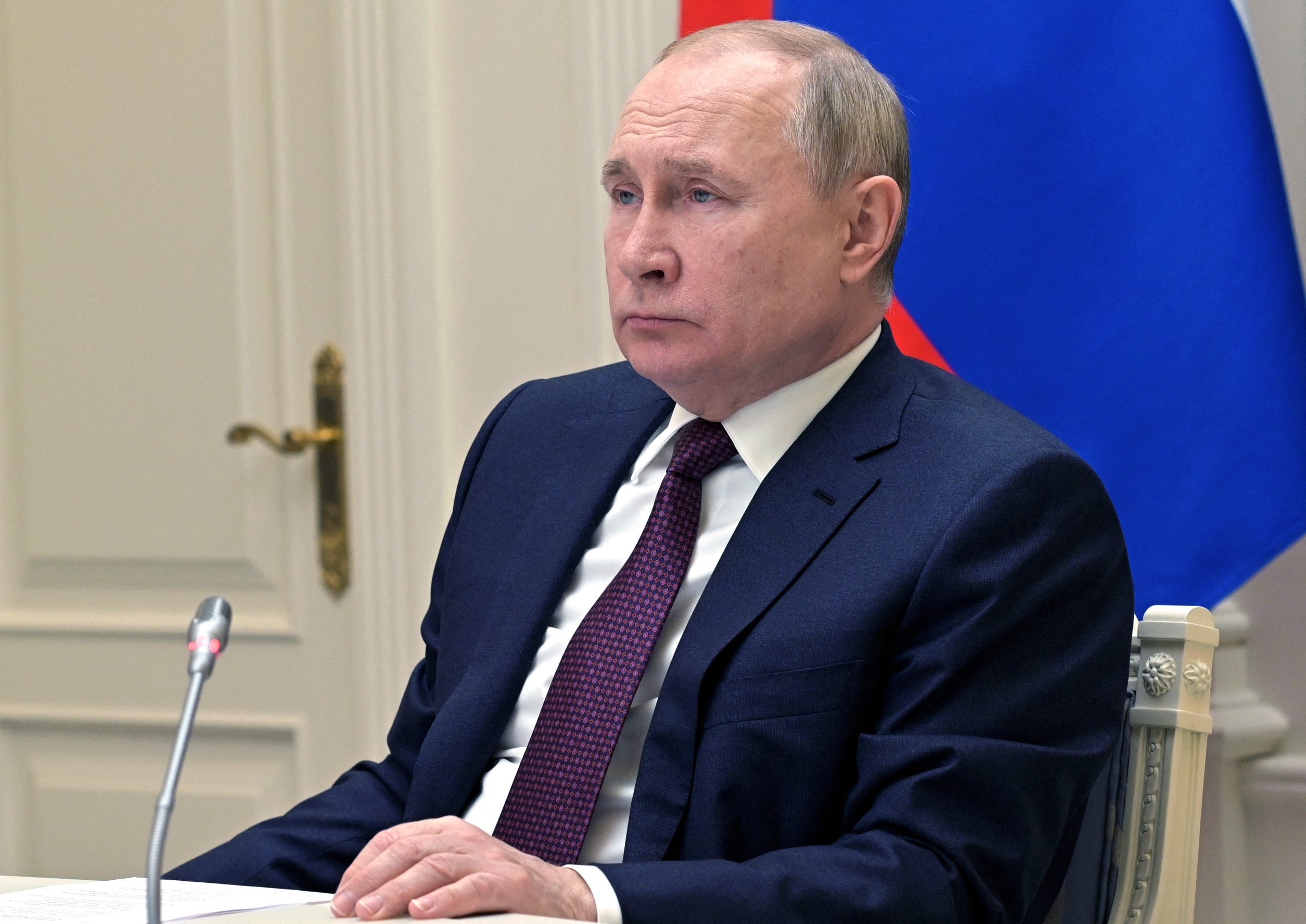
1.Russia
Estimates of exact numbers vary but it is widely agreed Russia has the largest nuclear arsenal in the world.
According to the Stockholm Peace Institute, Putin had 6,255 nukes as of January 2021. Other organisations monitoring nuclear proliferation put the total between 5,977 and 6257.
Either way, it’s a larger stockpile than the US and more than the next seven countries on the list combined.
The current figure includes 1,760 warheads believed to be waiting dismantlement.
Although a concerning number, Russia’s nuclear armaments have fallen significantly, as the country inherited 35,000 weapons when the USSR collapsed in 1991.
Russia and the US both signed the New Strategic Arms Reduction Treaty (New START), which is an arms control treaty that has been effective since 5 February 2011.
The treaty limits the number of deployed strategic nuclear warheads and bombs to 1,550.
Russia has never used its nuclear weapons in attack, but did test its first nuclear bomb in a remote area of Kazakhstan in 1949.
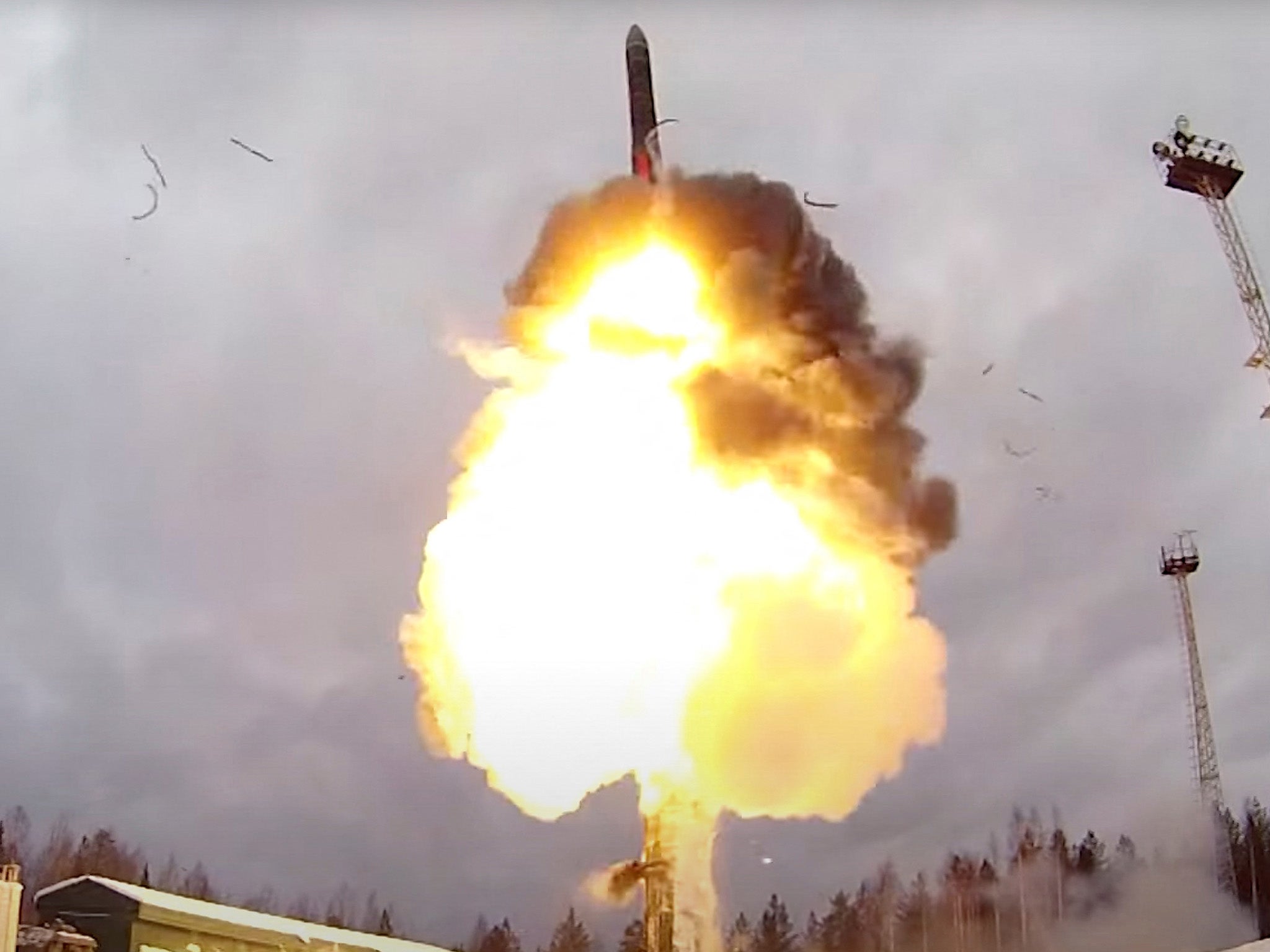
2.United States
The US contains about 5,500 nuclear weapons, 1,800 of which are ‘deployed’ which means they are placed on missiles or on bases with operational forces.
To date the US is the only country to ever use an atomic bomb in war.
On 6 August 1945, a uranium bomb was detonated over Hiroshima, Japan, which killed an estimated 140,000 people.
They dropped a second bomb three days later on Nagasaki which killed a further 74,000 people.
3.China
After the US and Russia, the number of nuclear weapons per country drops off dramatically.
China is third on the list with 350, less than a tenth of the American total.
The country first developed nuclear weapons during the Cold War and is expected to continue expanding its nuclear arsenal, having added another 30 since 2020.
Last November, a Pentagon report warned the Chinese nuclear force was expanding much faster than the US had predicted a year before.
The US fears Beijing could have more than 1,000 weapons by 2030.
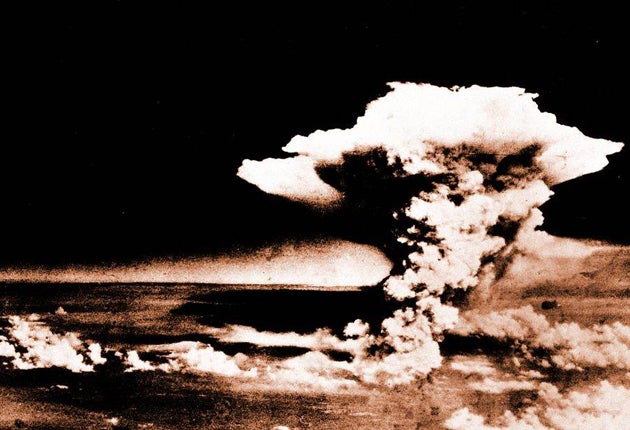
4.France
France’s supply of nuclear weapons comes in fourth with 290 arms, the largest number in western Europe.
Most of those weapons are based on submarines, with the remainder on air-launched cruiser missiles.
The country first tested a nuclear strike capability in 1960.
France claims it maintains a policy of “strict sufficiency,” keeping its nuclear arsenal at the ‘lowest level possible’, strategically.
5.United Kingdom
The UK has approximately 225 nuclear weapons, and initiated its nuclear arms programme during the Second World War.
Arms are sea-based and carried by Trident submarine-launched ballistic missiles purchased from the US.
Trident is operated by the Royal Navy and consists of four submarines, based at HMNB Clyde in Scotland.
To date the country has carried out 45 nuclear weapons tests, most recently in 1991.
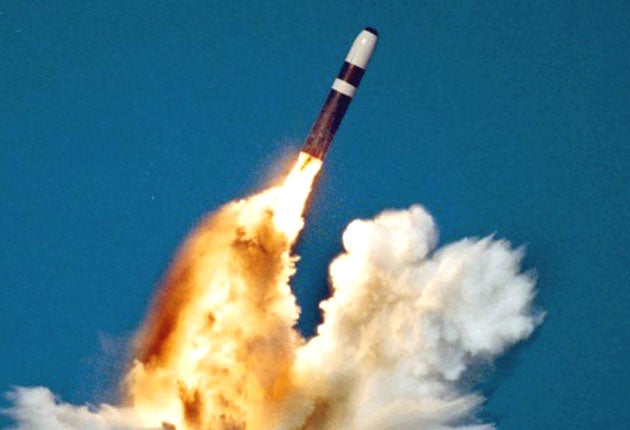
6.Pakistan
Pakistan has 165 nuclear weapons, as of 2021, with plans to create more.
The country’s strained relationship with India heavily impacts its nuclear arms production rate.
Pakistan first began testing nuclear weapons in 1988, claiming national security reasons.
7.India
With 156 nuclear weapons, India has long been in an arms race with Pakistan.
However, recent taut relations with China complicates nuclear weapon production.
So, any move by India to modernise its nuclear weapons will be perceived as a threat by Pakistan, further inciting a nuclear arms race.
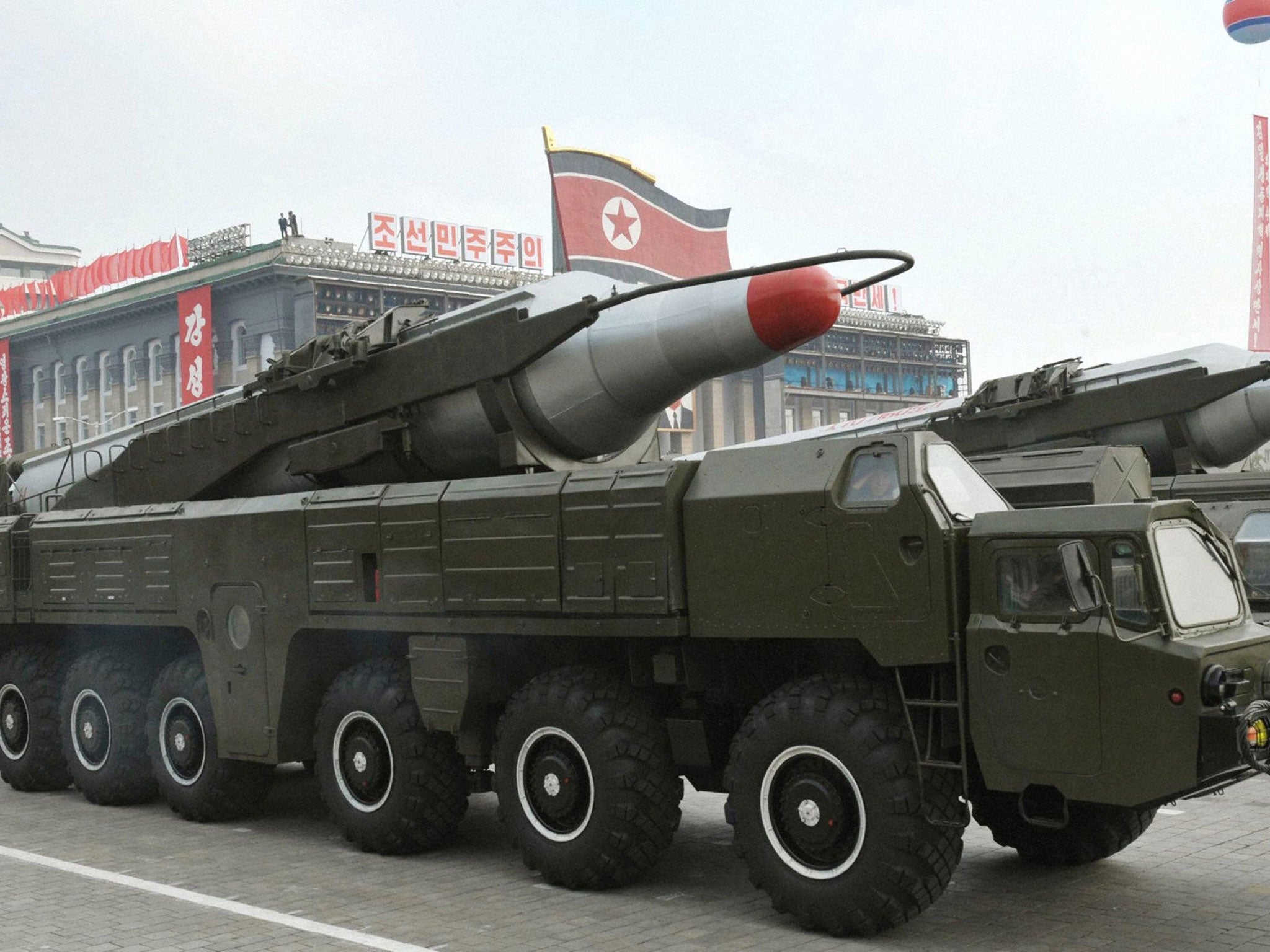
8.Israel
Israel is believed to have 90 nuclear weapons, though it has never officially confirmed the existence of a nuclear programme.
While it is believed to have held such arms since the 1960s the country has never demonstrated its nuclear capability with a test, unlike other countries on the list.
9.North Korea
North Korea is thought to have the smallest number of nuclear weapons on the list with 50, but it is a notoriously secretive nation.
The country agreed to a moratorium on nuclear and long-range missile testing in 2018 but resumed long-range missile tests in 2020
Under leader Kim Jong Un, North Korea has frequently tested missiles over the Sea of Japan, raising concerns of attack.
Kim has pledged to expand both his country’s military and its nuclear arsenal.
In 2017, North Korea carried out its largest nuclear test to date, with an estimated yield of 100-370 kilotons.
By comparison, the bomb dropped on Hiroshima was around 15 kilotons.




Join our commenting forum
Join thought-provoking conversations, follow other Independent readers and see their replies
Comments